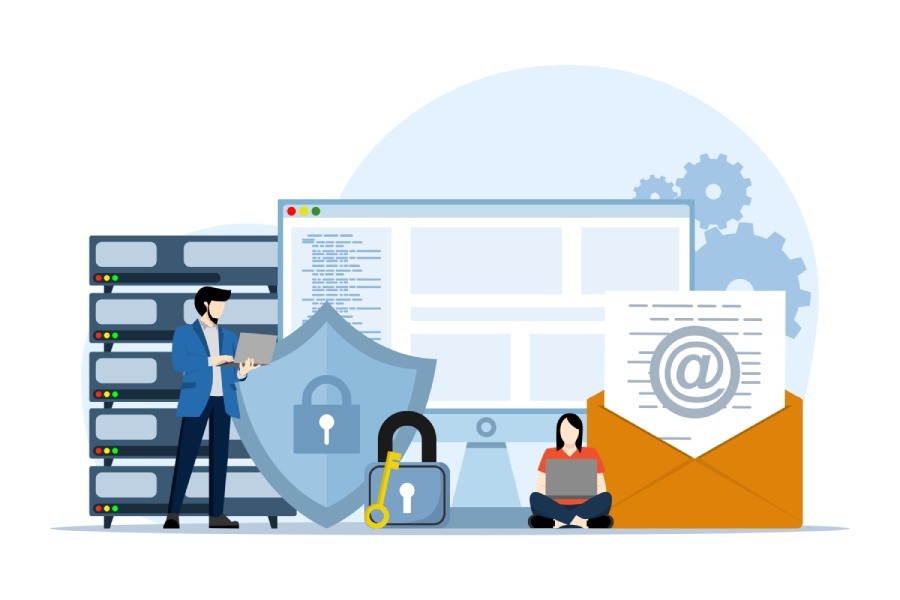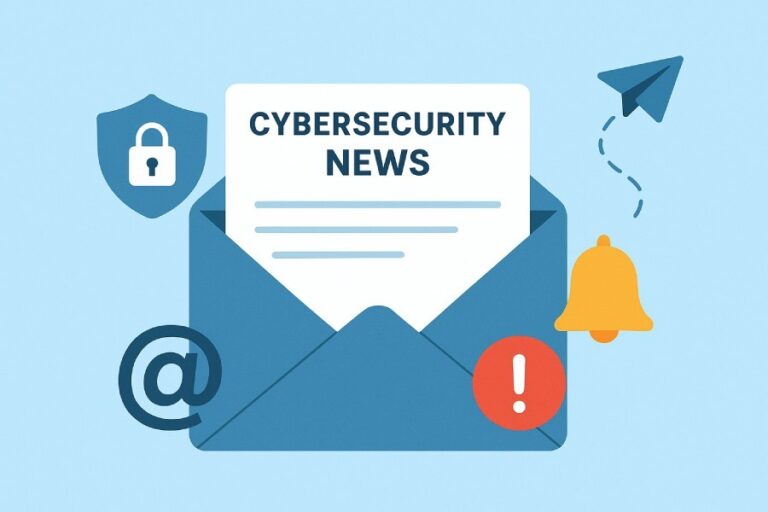What Is DMARC Quarantine Policy? A Comprehensive Guide to Email Security
In an age where email scams seem to pop up everywhere, finding effective ways to protect your inbox is a growing concern for many. Ever received an email that looked fishy, leaving you wondering if it was a scam or just a mistake? That’s where DMARC Quarantine Policy steps in! This policy acts like a safety net for incoming emails, helping to identify and manage potentially dangerous messages without completely cutting off important communication.
For anyone who’s ever hesitated to click on that unfamiliar link, understanding DMARC can be a game-changer in keeping your email secure and your mind at ease. Let’s dive into what DMARC is all about and how its quarantine policy can help you navigate the tricky waters of email safety.
DMARC Quarantine Policy is a mechanism that allows emails failing DMARC authentication checks to be marked as suspicious and directed to the recipient’s spam or junk folder, rather than being outright rejected. This policy helps domain owners review potentially fraudulent emails while still allowing the delivery of legitimate messages, thereby enhancing email security without completely blocking all traffic from their domains.
Overview of DMARC
DMARC, or Domain-based Message Authentication, Reporting & Conformance, is an email authentication protocol that plays a pivotal role in combating email spoofing. By implementing DMARC, domain owners can protect their businesses and customers from malicious attacks that exploit trusted email addresses.
Imagine waking up to find an email claiming to be from your bank requesting sensitive information—this is where DMARC comes into play.
Essentially, DMARC enables organizations to publish policies within their Domain Name System (DNS) records. These policies dictate how the receiving servers should handle emails that fail authenticity checks conducted by the two protocols it incorporates: SPF (Sender Policy Framework) and DKIM (DomainKeys Identified Mail).
Key Components of DMARC
The effectiveness of DMARC relies heavily on its foundational elements: SPF and DKIM. Let’s break these down further to understand their importance.
SPF (Sender Policy Framework)
With SPF in place, domain owners can specify which IP addresses are authorized to send emails on their behalf. Think of it as creating a guest list for a party—only those on the list are allowed entry. When an incoming email attempts to use a sender’s address not recognized by the domain’s SPF record, it raises a red flag.
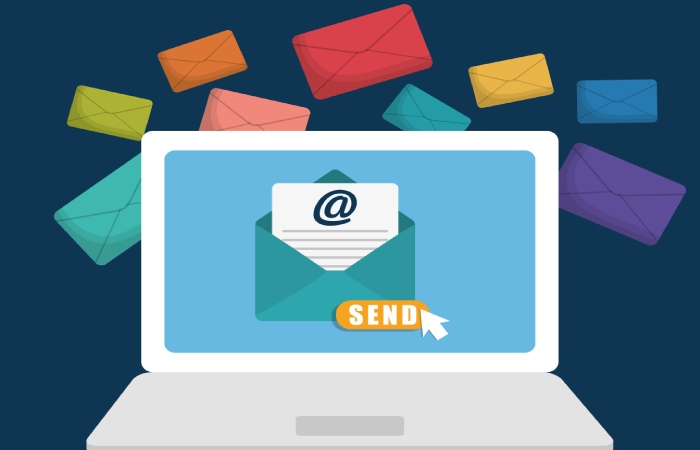
This additional layer of security greatly reduces the risk of unauthorized users sending malicious emails while masquerading as legitimate senders.
DKIM (DomainKeys Identified Mail)
On the other hand, DKIM functions by adding a digital signature to outgoing emails. Picture this: every time you send a letter, you seal it with your unique stamp—the recipient knows it hasn’t been tampered with along the way.
Similarly, DKIM assures recipients that the email indeed originated from the specified domain and has not been altered in transit. This validation fosters trust between senders and recipients, enhancing the integrity of email communications.
Once DMARC is established with these key components, accurate policies become crucial for managing emails that fail authentication checks effectively. Let’s now explore how these policies are structured and their implications for email security.
Understanding DMARC Quarantine
At its core, a DMARC quarantine policy serves as a protective barrier, intelligently managing incoming emails that fail authentication checks. Instead of rejecting these suspicious emails outright, which could lead to the loss of important communications or genuine messages, the quarantine policy allows them to be redirected to the spam or junk folder. This method preserves visibility for the domain owner and recipients alike, providing a chance to inspect potentially harmful emails without completely severing communication lines.

As organizations witness a rising tide of phishing attempts—approximately 30% of these attacks target businesses via email—implementing robust policies like DMARC’s quarantine becomes indispensable. It acts as a safeguard against fraudulent communications and helps in understanding the nature and frequency of attacks. Imagine receiving an email that seems to have come from your bank but has failed authenticity checks. Instead of alarming you with automatic rejection, the quarantine policy gives you an opportunity for a closer look before declaring it fraudulent or legitimate.
Policy Types
| Policy Type | Action |
|---|---|
| p=none | Monitors all emails |
| p=quarantine | Sends failed emails to spam |
| p=reject | Blocks failed emails |
The three main policy types of DMARC offer varying levels of protection and monitoring. The p=none policy is primarily passive, allowing users to monitor incoming emails without combating unwanted correspondence directly. Meanwhile, p=quarantine aims to flag emails that raise suspicion while still permitting their delivery into a controlled environment—the spam folder—where they can be reviewed before being discarded. Finally, p=reject goes further by blocking delivery entirely to any unauthenticated emails but can sometimes neglect important communications if the configurations are not well-managed.
Understanding these policies is crucial; transitioning through them thoughtfully ensures optimal protection.
A common approach starts with implementing a p=none policy that provides insights into email flow over time without intervention. When organizations feel confident about how their legitimate emails are performing against malicious attempts, transitioning to p=quarantine allows them to identify any possible shadow IT issues while still maintaining access to potentially important correspondence flagged as suspicious. Ultimately, reaching towards a p=reject policy amplifies security but demands a comprehensive understanding of one’s email ecosystem to avoid backscatter risks—where delivery errors occur due to strict reject measures.
With this foundational knowledge laid out, it’s essential to explore how filtering mechanisms work within these frameworks.
Mechanism Behind Email Filtering
When an email arrives at its destination, there’s a series of checks that occur behind the scenes, much like a security checkpoint at an airport. This filtering mechanism ensures that only legitimate emails make it into your inbox while malicious ones are redirected or blocked.
It starts with the recipient’s mail server checking the sender’s information against what is stored in the SPF (Sender Policy Framework) record, acting as an identifier of which servers are authorized to send emails on behalf of a domain.

If an email successfully passes this initial SPF check, the next step is to validate its DKIM (DomainKeys Identified Mail) signature. This digital fingerprint acts like a wax seal on a letter; if it’s intact, you can trust that it hasn’t been tampered with in transit. However, if either the SPF or DKIM check fails, things tighten up a bit.
The DMARC policy steps in—if set to quarantine, it flags that email as suspicious and directs it to your spam folder. Here lies the beauty of DMARC: it allows for vigilance without completely shutting out potentially important communications.
Step-by-Step Filtering Process
The process of filtering email is systematic, involving several steps that lead to a definitive outcome:
- Policy Lookup: The recipient’s mail server first looks up the DMARC policy dictated by DNS settings. It’s akin to checking a guest list before letting someone enter a party.
- Authentication Checks: Next, the server checks for SPF and DKIM records to see if the email has met the necessary requirements to verify its legitimacy.
- Final Decision: Finally, based on these results, it decides whether to deliver the email to the inbox, divert it to the spam folder, or outright reject it.
This structured approach is crucial for organizations aiming to maintain robust email security while minimizing disruptions from phishing attempts and other fraudulent activities. As we move forward, let’s explore how implementing such a policy can yield significant benefits.
Advantages of a Quarantine Policy
One of the primary advantages of adopting a quarantine policy is its ability to provide a safety net for critical business communications while enhancing security. By flagging potentially harmful messages, organizations can maintain their communication flow without risking vital emails. This approach allows companies to mitigate threats while remaining operationally effective.
Balancing Security and Efficiency
Think about it this way: in a world where cyber threats are on the rise, leaving your organization vulnerable is not an option. The quarantine policy doesn’t simply block emails; it acts as a filter that sorts out suspicious messages needing further inspection. This is especially crucial in environments where timely digital correspondence affects decision-making.

The advantage here lies in access; employees still receive standard email deliveries while being shielded from fraudulent attempts.
According to recent findings from a 2024 survey conducted by the Email Security Institute, many companies experienced up to a 20% decrease in user-reported phishing attempts after implementing this kind of policy. This reveals how effective such measures can be for organizations striving to improve their cybersecurity posture.
Furthermore, teams can monitor quarantined emails, giving them the opportunity to review false positives and ensure no legitimate message slips through the cracks. This added layer of control often serves as a compromise between complete security and operational functionality.
In practical terms, if an employee receives an email that appears unusual—such as an invoice from a reliable vendor showing signs of dubious origin—the quarantine policy flags it instead of outright rejecting it. Employees can then analyze the flagged email before deciding whether to release it.
Setting up such policies should be approached thoughtfully—starting with auditing existing communication processes to identify weaknesses before implementing substantial changes like moving towards ‘p=reject’, which might inhibit legitimate traffic altogether.
With these advantages highlighted, we now turn our focus to the next steps required to implement these policies effectively within your organization.
Setting Up Your Policy
Setting up a DMARC quarantine policy may seem daunting, but with guidance, you can make it a straightforward process. Start by logging into your Domain Registrar’s Control Panel. This is where you’ll manage the settings tied to your email domain. Each registrar has its unique interface, so take your time navigating to the section where DNS settings can be adjusted.
Once you’ve located the DNS settings, it’s time for the next crucial step.
In this area, look for an option to add a new TXT record. This is a particular type of DNS record that’s essential for DMARC. Here’s where you’ll create the policy that governs how emails from your domain are treated if they fail authentication checks.
For your new record, use “_dmarc” as the name. As for the value, it should follow a standard format like this:
v=DMARC1; p=quarantine; rua=mailto:reports@yourdomain.comRemember to replace “reports@yourdomain.com” with your actual reporting email address.
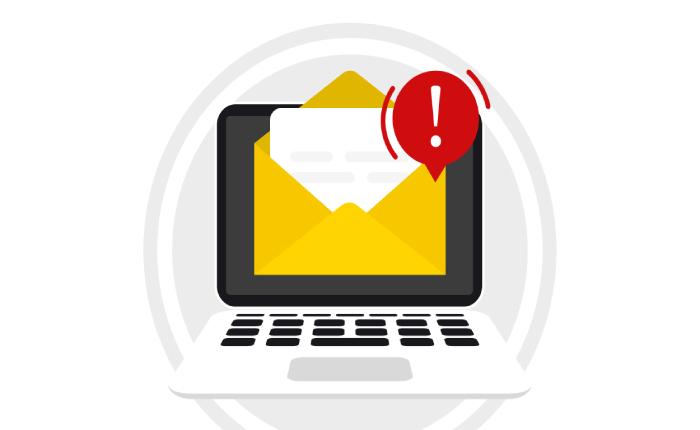
By specifying “p=quarantine,” you’re essentially directing email servers to flag suspicious emails as potential spam. This allows you to catch and review them without completely blocking legitimate communications.
After entering these details, saving the changes is critical.
Once saved, you might see a waiting period of up to 48 hours while these changes propagate throughout DNS networks globally. During this time, don’t fret if things seem slow; propagation takes just a bit of patience… much like waiting for bread dough to rise!
Importance of Monitoring
As your DMARC policy begins to take effect, it’s vital to monitor its impacts carefully. Initially, closely observe how many and what types of emails are being quarantined. This monitoring phase allows you to gather insights from the reports sent to your specified email address. Understanding this data is crucial for adjusting your DMARC settings effectively.
Think of monitoring as tuning an instrument before a performance—each note guides you on whether adjustments are needed to perfect its sound.
Successfully implementing a quarantine policy is indeed a significant achievement, but it also comes with challenges that require careful navigation in the realm of email security.
Addressing Common Challenges
One of the foremost hurdles encountered when adopting a DMARC policy is configuration issues. Many people overlook how crucial it is that their SPF (Sender Policy Framework) or DKIM (DomainKeys Identified Mail) records are accurately set. Misdirected or incorrect entries can mistakenly classify genuine emails as spam, resulting in their quarantine. This is particularly easy if the configuration is hastily managed or changes have been made without thorough validation.
To avoid this pitfall, I recommend regularly checking and validating your configurations using online tools like MXToolbox. These tools can help you spot discrepancies that might lead to email misrouting before they compound into larger problems.

Once you’ve navigated the treacherous waters of setup errors, the next challenge that becomes apparent is managing false positives.
False positives occur when legitimate emails are caught in the quarantine trap, leading to frustration for both senders and recipients alike. Regular communication is essential here; effectively training your team on how to handle these situations can make a substantial difference. Encourage them to routinely check their spam folders—not just when they suspect an issue but as a regular habit—after all, curiosity may save the day when an important client email ends up quarantined!
Moreover, users should be prompted to inform IT about any consistent false positives so those addresses can be whitelisted accordingly. This practice not only streamlines communications but also reinforces the importance of a proactive approach toward email management.
With those two main challenges addressed, it leads us into broader discussions about what really shapes effective DMARC policies.
Balancing Effectiveness with Usability
It’s crucial to maintain a delicate balance between security and user experience. While a quarantine policy boosts your email security by pinpointing suspicious activities, it can also lead to user dissatisfaction if not managed properly. That’s where ongoing education plays an integral role in helping your team understand the whys and hows of DMARC policies.
By fostering an environment where staff members feel empowered to discuss their experiences—especially regarding quarantined emails—you cultivate not just a compliant culture but one that prioritizes communication and collaboration.
Addressing these common challenges is foundational to ensuring that your DMARC policy functions cohesively within your organization’s communication strategy. By regularly validating configurations and fostering ongoing dialogue around email practices, you lay the groundwork for both heightened security measures and enhanced user satisfaction.
As we shift gears, consider how implementing stricter measures can further strengthen your email protection without compromising usability.
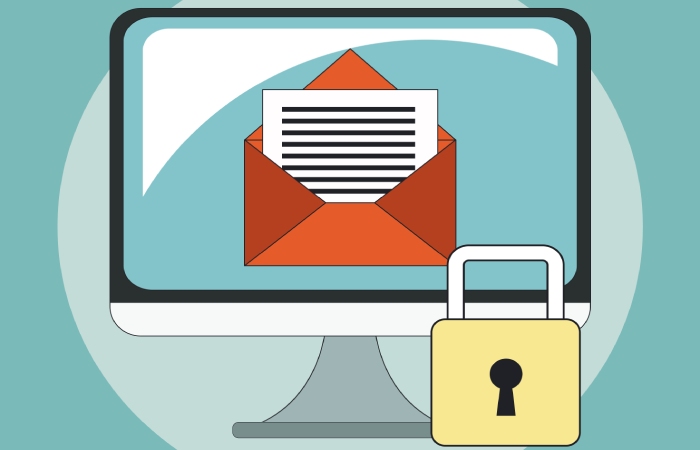
Moving to a Reject Policy
Transitioning to a ‘reject’ policy signifies a bold step forward in securing your email communications. However, it comes with its own set of challenges. A ‘reject’ policy can effectively block fraudulent emails, providing a much-needed layer of security against phishing and other malicious attacks. Yet, the flip side of this razor-sharp protection is that it might inadvertently reject legitimate emails from senders who haven’t properly configured their SPF (Sender Policy Framework) or DKIM (DomainKeys Identified Mail) records. This risk has led many organizations to tread carefully, as nearly 60% still favor a quarantine policy over the stricter ‘reject’ option.
So, why does transitioning to a ‘reject’ policy feel like crossing a rickety bridge? It’s all about the fear of missing critical communications. Research indicates that only about 25% of organizations have successfully made the leap to a ‘reject’ policy without facing significant delivery issues. This statistic illustrates the reality most organizations confront: they desire enhanced security but also want assurance that their critical messages reach their intended recipients.
Considerations Before Transitioning
Before diving headfirst into this ‘reject’ pool, there are several key considerations. Firstly, ensure that all legitimate email sources are correctly configured. This means taking the time to verify that every sender—be it a third-party service or an internal team—is utilizing correct SPF and DKIM settings. If you’re uncertain about these configurations, use DMARC monitoring tools to track and analyze your email flow. These tools not only help identify misconfigurations but also offer insights into which email sources might present issues under a more stringent policy.
Also, it’s prudent to notify all stakeholders well in advance of any policy change. Informing your team and collaborators fosters transparency and encourages them to review their own email authentication practices before your new policy takes effect. Everyone needs to be on board, understanding that this transition is part of an overarching strategy to enhance security.
Ultimately, while moving towards a ‘reject’ policy can significantly improve your organization’s security stance against cyber threats, it should only be considered when you’re confident in your email infrastructure’s robustness and monitoring capabilities. If your configurations are strong and everyone is aligned with your plans, then implementing a ‘reject’ policy can act like a fortress around your inbox—confidently blocking fraudulent attacks while keeping communication flowing.
Understanding these nuanced aspects ensures that the transition to stronger email security measures will be effective; however, it requires meticulous planning and monitoring throughout each step of the process.
In summary, adopting a ‘reject’ policy may serve as a robust defense mechanism in today’s landscape of email threats. Equip yourself with the right tools and knowledge for a seamless transition toward safer communications.

